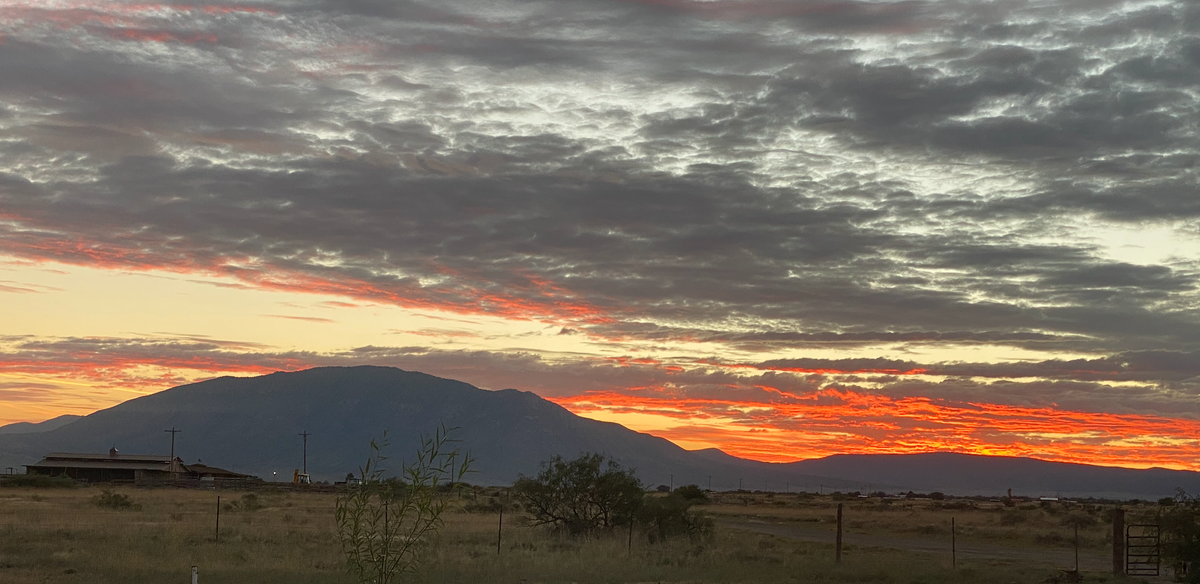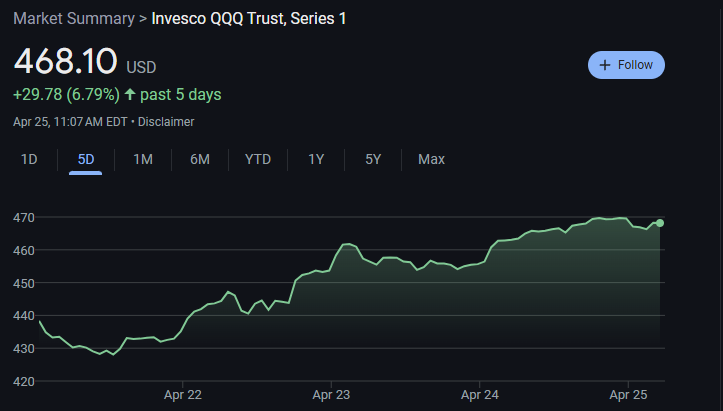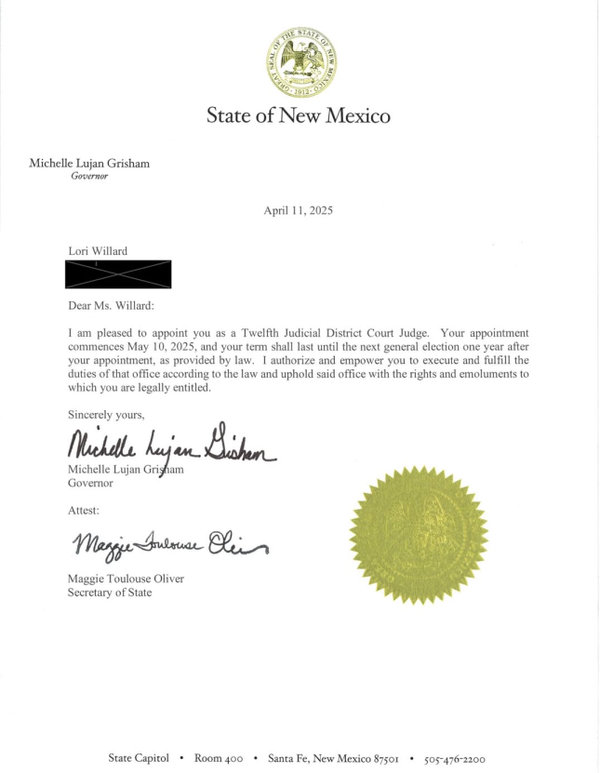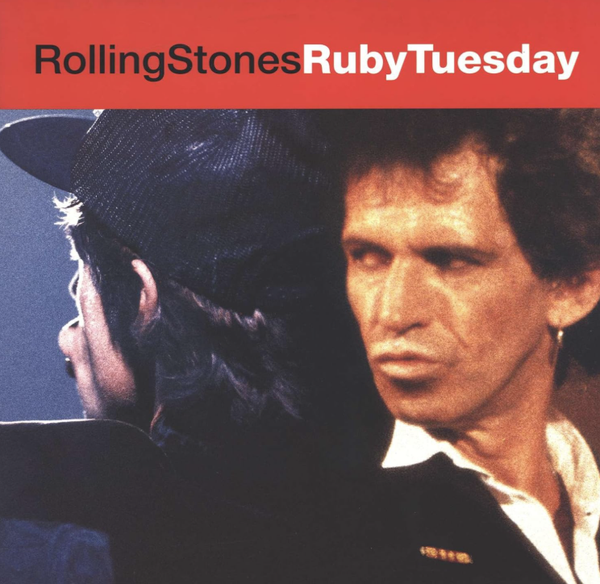Trade Alert: Remembering The Other Crashes And What I’m Buying Now

We’ll do this week’s Live Q&A tomorrow at 4pm ET using the following link so we can all talk live over video conference. I’ll post out link tomorrow in the chat room before the call starts but you can also just post your question in the chat room at any time between now and then or hit reply to this email and we will include your question in the chat. (We’re going to use YouTube to test something out and I don’t have the link yet.)
I thought I’d start off this post with a collection of the quotes from The world’s greatest trader in history, Jesse Livermore, who used to take a yacht to work before there was a such a thing on Instagram.
The human side of every person is the greatest enemy of the average investor or speculator.
A man must study general conditions, to seize them so as to be able to anticipate probabilities.
After spending many years in Wall Street and after making and losing millions of dollars I want to tell you this: it never was my thinking that made the big money for me. It was always my sitting. Got that? My sitting tight! Those who can both be right and sit tight are uncommon. I found it one of the hardest things to learn.
There is the plain fool who does the wrong thing at all times anywhere, but there is the Wall Street fool who thinks he must trade all the time.
The desire for constant action irrespective of underlying conditions is responsible for many losses in Wall Street even among the professionals, who feel that they must take home some money everyday, as though they were working for regular wages.
Next I want to tell you that I’m starting to get bullish-er again, if not quite outright bullish yet. Another 3-5% lower in the S&P 500 and I’ll likely start to scale into some size-able tranches in our current names and will continue to look to add some new names.
Thirdly, I will mention that I’ve started buying some Verizon VZ. The stock, hitting a new 52-week low today, is trading at 7x earnings and paying a 7% dividend. You all know what Verizon does — it’s the most dominant cell phone company in the US. T-Mobile is a great company but it’s trading at 23x earnings not growing much faster than Verizon’s own 2% growth rate and pays no dividend. AT&T is of course a mess trying tor recover from having lost its bet-the-company wager on Warner Brothers and DirecTV at the top. It’s not exactly the most Revolutionary company in the world, but I like the risk/reward here of being paid 7% on owning the common stock which can also go up in capital appreciation while Verizon’s own bonds only yield about 5%, which is a strong indication of how very likely it is that this company can and will continue to pay its dividends. I mean Verizon bonds yield about as much as 2 year Treasury, an almost risk-free return, right now.
I just started scaling into a new position in Verizon and have made it a smallish position already and will build it into a medium-sized position if it drops below $35.
Fourthly, I want you to mention that last year in September 2021, there were 77 satellites and 4 astronauts sent to space. This year in the same month of September, there were 247 satellites and 8 astronauts sent to space. That’s a growth industry and will be even bigger growth in the next year and so on.
Finally, I thought it’d be instructive, helpful and maybe inspirational to read some of the articles I’ve written in past market crashes over the last decade or so.
Evaluating The Risk Factors: Sentiment, Valuations and Geopolitical – December 26, 2018
I’m sure my house wasn’t the only one full of family, love and fund — with lots of talk about the markets and the economy too. Monday’s historic Christmas Eve sell-off didn’t bring good cheer into the holiday.
After eight years of being steadily bullish and long stocks, and just as stocks were hitting new all-time highs repeatedly throughout the nine months of this year, I kept getting more cautious until I eventually became outright bearish back in September. I was worried about how sentiment had just gotten too wildly bullish and how valuations, especially in middling quality small and mid cap stocks — and, most importantly, how much economic/market risks had spiked, in large part courtesy of The Great Trade War of the 21st Century.
Those factors all contributed to what has now become a Crash-ish market. But the good news is that 2 of the 3 factors above have now improved. The bad news is that the most important one has gotten worse.
Sentiment, as the discussions at my house over Christmas Eve and Day, has become quite bearish and a growing sense of dread about the stock markets is the dominant emotion. I’m not sure Wall Street traders or Main Street investors are outright scared which would be bullish. The news headlines sure are full of fear though. And nobody is outright bullish right now, that’s for sure, and that’s bullish-ish. If the risk factor for the broader markets from sentiment was a 9 out of 10 back at the highs, I’d call them a 5 out of 10 factor now.
Valuations are no longer wildly overstretched. In fact, with many stocks down 40%, 50% or even more from their highs earlier this year, I’m starting to find some compelling long ideas to start scaling into. I’m not sure I’d call most of them “screaming buys” just yet, but I’m seeing a growing basket of names to sift through. On the other hand, I continue to find a lot of middling or even low quality small and mid cap stocks that are still trading at 3-5x next year’s sales estimates, which gives me a growing basket of names that I’m likely to start shorting. If the risk factor for the broader markets from valuations was a 9 out of 10 back at the highs, I’d call them a 5 out of 10 factor now. The stock markets, in general, aren’t wildly cheap yet, but they’re not wildly overvalued either. Indeed, as the 5/10 factor highlights, stock market valuations are about average.
And then there’s the risk factor from The Great Trade War of the 21st Century and a slowing economy and higher interest rates and confusion about actual wars in Syria and Yemen and what the US is doing with/to our (so-called?) allies in all these tangled webs of outright war that the US in involved in and Russia and China and… If the geopolitical economic risk factor for the broader markets was a 7 out of 10 back at the highs, I’d call them a 8 out of 10 factor now. When the second in charge from China’s largest telecom company getting arrested in Canada on request by the US and a Treasury Secretary scaring the markets about systemic collapse by telling us we shouldn’t be scared about systemic collapse, the economic/market risks are indeed something to worry about right now.
Here’s something to think about though — What happens if it all works out? What if corporate earnings continue growing strongly over the next year and China and the US agree to what some sort of treaty (the US side of which, of course, would be written by and for giant US global companies which would probably mean the treaty would be very similar to what we’ve already been doing for the last twenty years and would be very profitable and bullish for US giant global companies)? What if the real estate markets takes off again?
Even if it doesn’t work out, how low will we go and how long will we be there?
I’ve talked for years (ironically) about how the economic/stock market bubbles and busts that we live through run on “Internet time” which means they happen much more quickly than in decades past. Reading Ray Kurzweil’s “The Singularity Is Near” has helped me understand that I shouldn’t call this concept “Internet time” because that’s a bit too limited of an explanation for it. The fact is that mankind itself, our society specifically, is growing our innovation, prosperity and economies exponentially.
And if there will be billions of times more technological advances in the next few decades as there was for the first few millions of years of mankind’s existence, then you can imagine that the ups and downs and bubbles and crashes will play out many times in the next few decades but that the general trend of technology, society, the economy and the most Revolutionary Stocks in the markets, will all be quite hockey up over those next few decades.
Where does this analysis leave us? Feet-to-fire, I think sentiment and the oversold status of the stock markets are likely to help the markets put in a bit of a short-term bottom here and that we could get a pretty big rally early next year. That said, I’m still far from outright bullish about the next year or so.
Then again the other hand, the Nasdaq is already down 24% and many great stocks are down much more than that already too. Much of the crash in what could become an outright Crash, has already happened, and we’ve been in puts and lots of cash while this market became crash-ish. And now, I think it makes sense to have locked in most of the profits from the put hedges we put on while stocks were at their all-time highs but that most stay-at-home investors should still have lots of cash and remain plenty cautious.
Then back in 2016:
The App Bubble is dead; Long live the App Revolution – February 5, 2016
Is the App Bubble that we rode from 2010 — when I left TV and came back to investing and trading in the markets — to the end of last year finally over? Has the App Bubble popped?
Well, in a word, the answer is simply: yes.
The energy and commodity crash has become a Black Swan-worthy event much quicker than anybody expected. Not only that, but aside from a handful of stocks, there are so many once-highflying companies that were worth billions or tens of billions of dollars that are down 50% to 90%. And app-related (note not “App Revolution”) Stocks from Zynga to Yelp to Twitter are crashed just as hard and maybe still headed lower still.
So the App Bubble has popped. But the App Revolution is just getting started. And I’m still betting on the App Revolution in many ways, including holding onto my long-held App Revolution stocks like Google, Facebook and Netflix.
Why? Over the next five years is when great fortunes in the App Revolution will be made, just as the companies that survived the Great Dot Com Bubble popping eventually created great fortunes. Back on August 30, 2010, I wrote in “How to invest today for the App Bubble coming tomorrow” (bold mine):
“Remember in 1996 and 1997, when you’d not only heard of the Internet and its wonders, but you’d actually at some point started using that new “browser” technology to engage the “world wide web”? Yeah, the early adopters had already been “surfing the Net” for years and we were finally hitting “critical mass” for email, as the vast majority of Americans were signing up for their first accounts at AOL, Yahoo, and Hotmail.
And then we entered the 1998-2000 phase, where the term Internet Bubble was born during which for a couple years there, any company that had absolutely anything to do with the Internet would double, triple and quadruple in price. Sometimes in just few weeks’ time. And a lot of vast fortunes were indeed made in those heady days.
Of course, you had to sell when the bubble started popping in 2000. And it would take another five years or so, but eventually real, sustainable wildly huge fortunes were created by the Google’s, PriceLine’s, eBay’s and Baidu’s of the world.“
So here we are now in 2016 and the App Bubble has indeed popped. But now is when the real hard work begins and over the next few years is when the long-term wealth will be created. We’ll want to continue to own the dominant App Revolution companies that have created platforms like Google with Android and Apple with iOS or that have become de facto standards like Netflix with TV and Facebook with social and messaging.
And I know many of you remember me telling you back in 2009 on my TV show and on Marketwatch to create apps yourself. You can rest assured that I’m continuing to bet not just my money on App Revolution stocks, but also on the App Revolution itself for myself with the new Headlne apps for iOS and for Android. Headlne is a new way to stay up with the most important news and real-time headlines. Let me know what you think of it.
Apps are already a trillion dollar industry and will only grow from here. There are new apps coming out this year and new app companies will be set up in the next few years that will change the world. One of them will be the next Facebook, Netflix and Google. Let’s find them. As I’ve said for many years now, we should bet big on the App Revolution, even if the App Bubble has popped.
As I’ve often pointed out, we shouldn’t overthink this. As I wrote in 2011 in an article called “Fortunes and pain to come in the next great bubble: “When you see the chance to get in front of an industry that’s changing the entire world around you and will continue to explode in growth for the next few years at least…well, you just want to invest in that industry. Regardless of the ups and downs and twists and turns, through all of that, the revolutions will continue and fortunes will be made. I want to make some of that fortune. Don’t you?”
We’ve made small fortunes over the last few years as the App Revolution has brewed by owning some of the best App Revolution plays in the world, like Google, Amazon, Netflix and Apple. And I think there are lots of big fortunes left to be made in the App Revolution. If you haven’t invested in app stocks or started your own App Revolution company yet, be careful out there and don’t go blindly rushing into them just now. But don’t think that this revolution is over.
And from 2012:
Remember your emotions (and Gridiron picks of the week) – November 8, 2012
Can you think of anything that would make the markets and/or Apple’s stock go up again? The gloom and doom is palpable.
Do you remember how you felt like nothing would ever make the markets and/or Apple’s stock go down again back at the highs a couple months ago? Try to remember that and flip it.
Certainly the markets and AAPL could crash further from here or just stay down here for many weeks and/or months, stuck in a range. S0 don’t go crazily aggressive just yet. But the time to sell was when you felt like stocks would never go down again. The time to buy is probably when you never think stocks can go up again. The hardest trade to make is usually the right one, and it sure is hard to buy here. Remember how hard it has been to buy the other times we’ve stepped in and bought on the panic?
The weakhanded longs, it seems, have to be washed completely out before we can bounce. Can’t rush it, but don’t freak out about it.
—
Cody back in real-time, October 10, 2022. Do you guys remember those other crashes that we were buying? You probably don’t. I hardly do. But when I re-read what I wrote at those times, each of which we were buying, those trades were scary and hard to make and sometimes painful for a while.
That doesn’t mean that we’re at the bottom yet or that we should go all in (just yet anyway). But I sure wouldn’t start panic selling right now. In the hedge fund, today I bought some NVDA and QCOM calls in the the hedge fund, dated out to this Friday, 5% in the money or so. I have limit orders in to buy a few more if they continue tanking tomorrow. Nothing major or big, not making a stand or anything, just sharing what I’m doing, which is getting less bearish and more bullish-er but not drawing any lines in the sand.
I leave you with a picture of a beautiful sunset over my barn:





